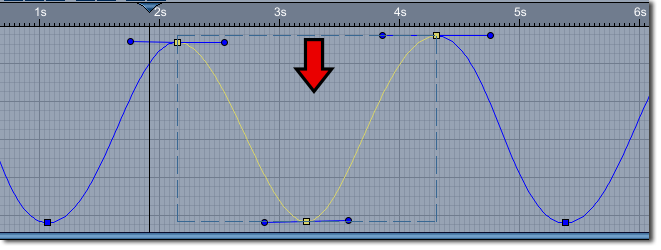Amplitude adjusting
Amplitude control (also called amplitude control ) is used for power control of electrical consumers, which are operated with alternating voltage. Typical applications include the heating control of industrial high temperature furnaces.
Operation
In contrast to the conventional phase-angle or full-wave control, only the amplitude of the sinusoidal mains current is changed in the amplitude control. The height of the amplitude only depends on the power drawn. The sinus is not changed in its form.
Due to the fact that voltage and current are in phase, wherein said amplitude control only real power is removed. Thereby, the power consumption is substantially reduced on the web in comparison to the power consumption for phase control.
Benefits
The continuous current flow leads to a gentle operation of the heating elements used and thus to a significant prolongation of life. Depending on the ambient conditions, a doubling is possible.
The principle reduced especially in the border areas of the surface load of the heating elements.
The amplitude control eliminates the known in thyristor flicker effects and harmonics, so that the standard specifications according to EN 61000-3-2 and EN 61000-3-3 are met.
Reactive power compensation are not necessary to account for the cost of reactive power.
Applications
Sine plate or IGBT controller for controlling the power of:
- Resistance heaters
- Molybdenum disilicide ( MoSi2) - heating elements
- Infrared radiators










